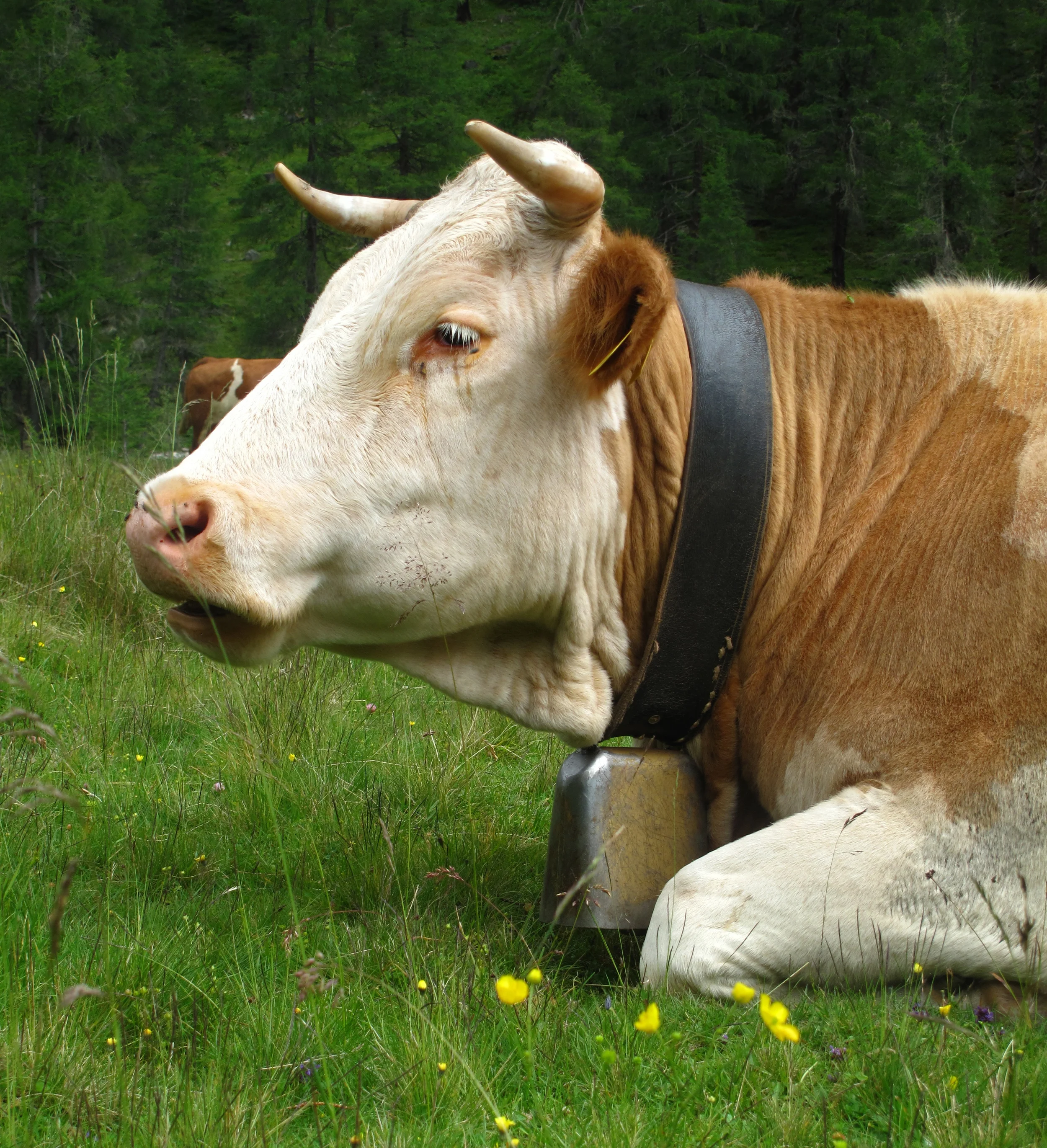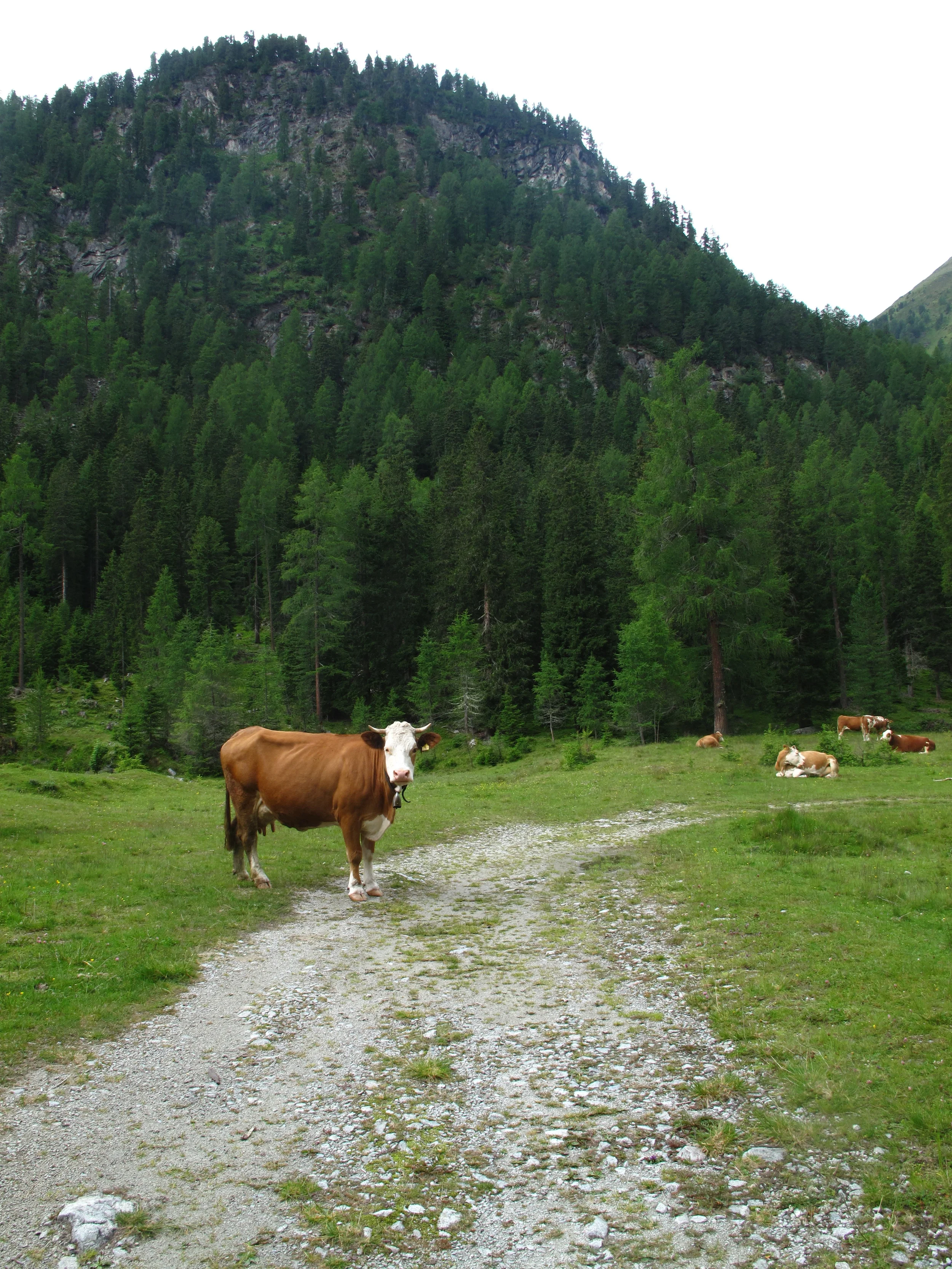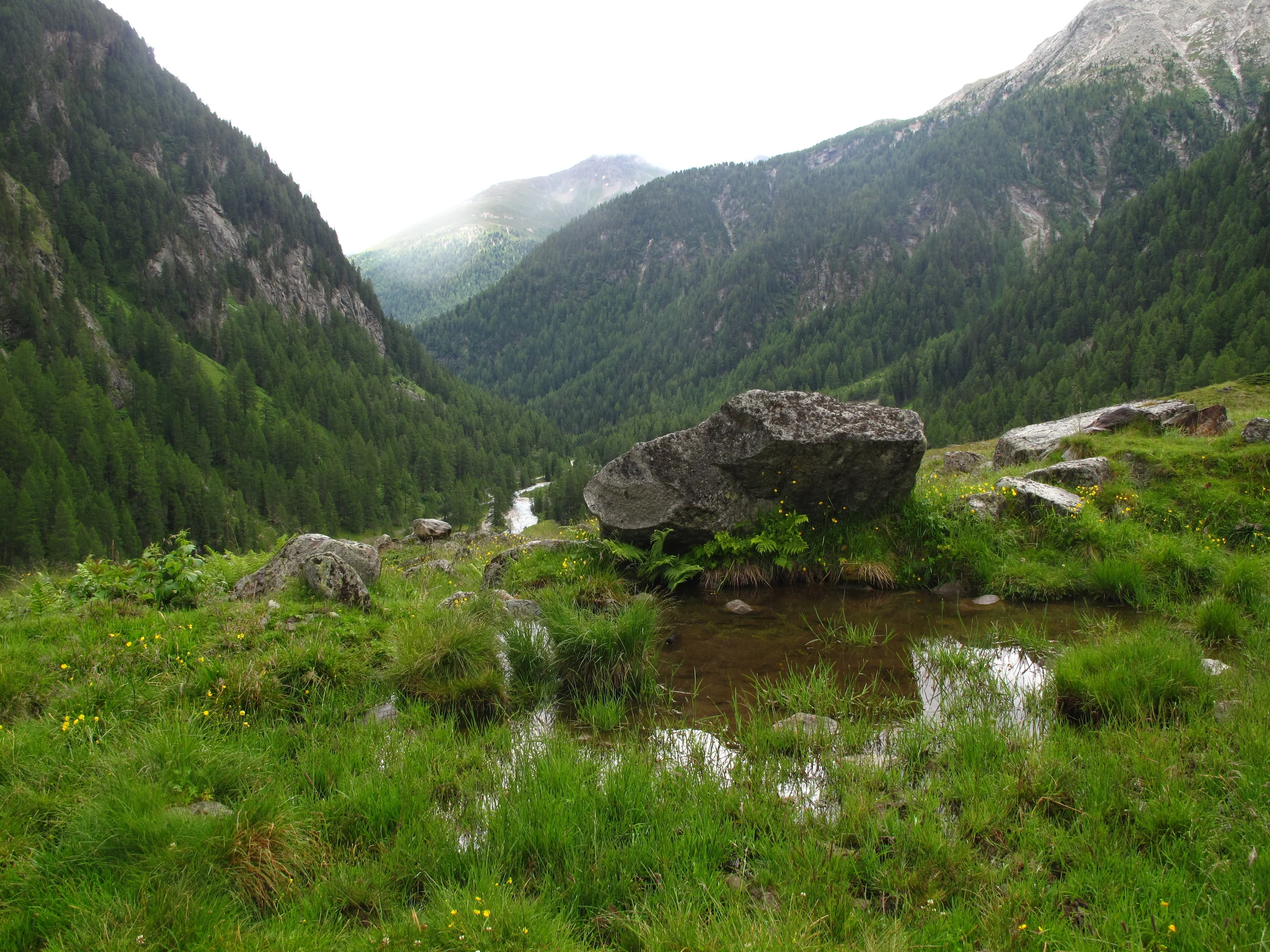ALPINE TRANSHUMANCE
& THE WHEEL OF THE YEAR
PASTORALISM
The farming of animals on one settled piece of land.
TRANSHUMANCE
The seasonal movement of animals and people.
NOMADISM
The constant movement of animals and people.
Since time immemorial, animals have responded to the seasons of the Earth. Geese, elephants, bears, salmon, and cicadas - all navigate their lives according to the changing cycles of weather.
People too, can align with the Earth by moving with the seasons. For hundreds of thousands of years before the Neolithic revolution, people were on the move - following the migratory patterns of animals. Even after the domestication of the cow, the horse, the sheep, and the grass, the nomadic peoples of the world still move in these patterns.
In the Alps of Austria, there is another kind of movement, one much more grounded than traditional nomadic mobility, and yet still in tune with the wheel of the year - called Almwirtschaft.
There, in the summer of the mountains, the cattle roam freely between the higher pastures, under the watch of a herdsman who lives in a small mountain hut. Then, in the winter, herdsman and cattle return to the valley and the village, where the cows are stabled and are fed the hay that was reaped during the short summer season. In spring, they are led out again, to the fields and middle pastures, where they may fertilize the lands soon to be cultivated again. Come summer, it is back to the high pastures. It is a closed-loop system, one that originated from necessity during times of self-sufficiency. The peoples of the Alps rely on this mix of agriculture and husbandry, and the movement of the cattle allows them to focus on their crops during the summer months, letting the cows graze on uncultivated lands while they labour in the fields. It also keeps their cattle healthy, with alpine-pasture cattle fetching higher prices at market. And so it has been, since the late Neolithic, in the higher reaches of the Austrian Alps.
There is more, though, to Almwirtschaft, than the simple functionality and economic benefits of the system. The small movement of cows and people up and down the mountains encourages a deeper relationship between all three: people, animals, and the earth underfoot. The relations between people and animals is strengthened through their mutual reliance - people requiring animals for milk, fertilizer, hides and meat, and the animals being watched over and cared for by their shepherd.
The relationship between peoples is strengthened too, as there are many festivities associated with Almwirtschaft. There are joyous celebrations at the coming of spring, what with the many opportunities to be hired that summer to work in the fields, and then more celebrations upon the safe return of the cows by the herdsmen - a thanksgiving of sorts. At these times, the cows are bedecked in ribbons, and their horns are woven about with wildflowers. John G. Evans even postulates that these ancient festivals would have provided the necessary social bonding required between the villagers for the cooperative forms of work during the summer months.
And finally, the seasonal movement of animals and people strengthens the bonds between these beings and the earth - realigning their thoughts and actions to the wheel of the year and to the minute whisperings of the lands about them. The cows know, just as the humans do, when it is time to return to the valley.
Overall, Almwirtschaft is a grounding force in the lives of those who practice it.
“The quiet transition from autumn to winter is not a bad time at all. It’s a time for protecting and securing things and for making sure you’ve got in as many supplies as you can. It’s nice to gather together everything you possess as close to you as possible, to store up your warmth and your thoughts and burrow yourself into a deep hole inside, a core of safety where you can defend what is important and precious and your very own. Then the cold and the storms and the darkness can do their worst. They can grope their way up the walls looking for a way in, but they won’t find one, everything is shut, and you sit inside, laughing in your warmth and solitude, for you have had foresight. ”
FURTHER READING:
Evans, John G. Environmental Archaeology and the Social Order. 2004.
Pens, Hugo. 'The Importance, Status and Structure of Almwirtschaft in the Alps,' in Human Impact on Mountains. ed. Nigel J. Allan et al. 1993.






